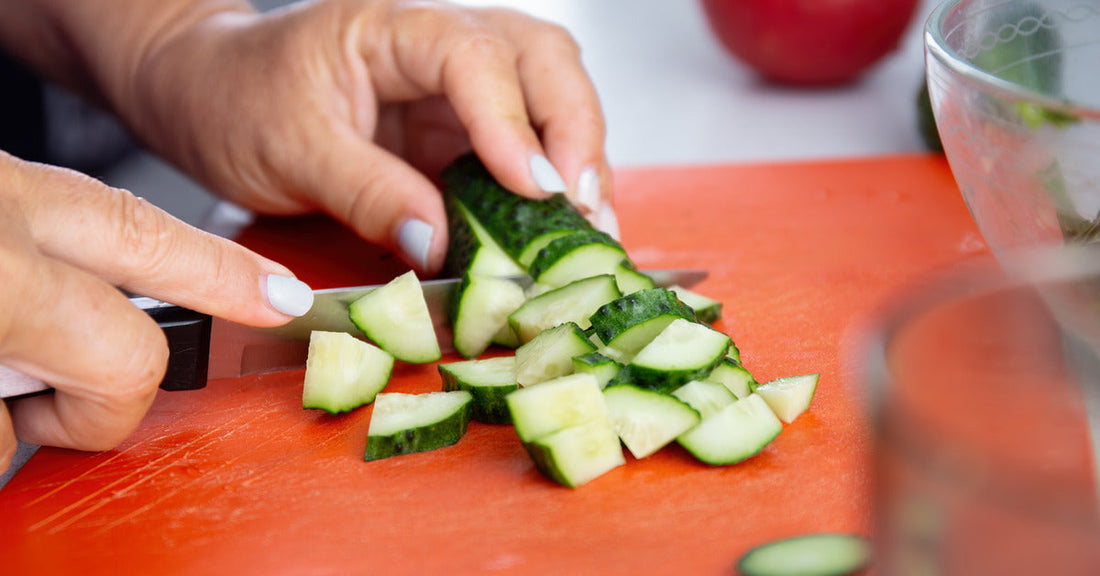Microplastics are created when plastic breaks down into small fragments that are less than 5mm in size. They're found everywhere in our environment, from the depths of the ocean to the soil beneath our crops. For farmers and farmers market managers, understanding what microplastics are and their effects on our produce is crucial. These particles can have a significant impact on soil and plant health, and they pose potential risks to the quality and safety of our food supply. We’ll explore how microplastics affect farms while also offering actionable tips to tackle this growing issue.
How Microplastics Enter the Food Chain
Microplastics find their way into the farming ecosystem through several channels. Using plastic mulch, irrigating fields, and spreading certain types of organic fertilizers can introduce microplastics into an environment. Once present in the soil, microplastics can bind to nutrients or toxins, which are then absorbed by plants or consumed by insects. This means that the traces of plastics can move up the food chain, affecting the very produce you grow, sell, and eat.
The Impact of Microplastics on Plants and Soil Health
Microplastics disrupt the natural balance of soil, making it less fertile. They reduce its ability to retain water and can slow the growth of valuable insects, such as earthworms. Plants that grow in plastic-contaminated soil may also experience slower growth or absorb a higher level of harmful chemicals. For farmers, this could lead to reduced yields or produce with compromised quality.
Steps To Reduce Microplastics in Farming and at Farmers' Markets
Here’s the good news—you can take steps to minimize microplastic contamination in your operations. Start by avoiding plastic mulch and single-use plastics as often as you can; instead, explore more biodegradable or reusable alternatives. Recycling or composting items and properly disposing of anything non-recyclable can also reduce microplastics in the soil. At farmers markets, consider selling reusable bags or encouraging customers to bring their own bags to reduce waste from plastic packaging.
The Importance of Quality Packaging for Produce
While reducing your personal use of plastic will help, packaging your produce in high-quality materials is just as important. Poorly designed or cheap packaging can leave your produce vulnerable to contamination, spoilage, or damage during transportation. High-quality packaging not only keeps your fruits and veggies fresh but also limits the use of harmful plastics that could break down into microplastics.
Qualities of Good Packaging
Good packaging is sturdy, breathable, and food-safe. Look for materials that shield produce without accelerating decay, like compostable cartons, recyclable containers, or biodegradable wraps. Properly designed packaging not only boosts your produce’s appeal but also aligns with sustainable farming practices. When in doubt, consider sourcing from reliable suppliers who offer affordable and high-quality wholesale farmers market supplies.
With an understanding of what microplastics are and their effects on our produce, you can make informed decisions about your farming practices. By minimizing single-use plastics and choosing the right packaging solutions, you can ensure your customers are getting the best produce. Take action today! Making small changes now ensures the future of fresh, safe, and sustainable produce.
